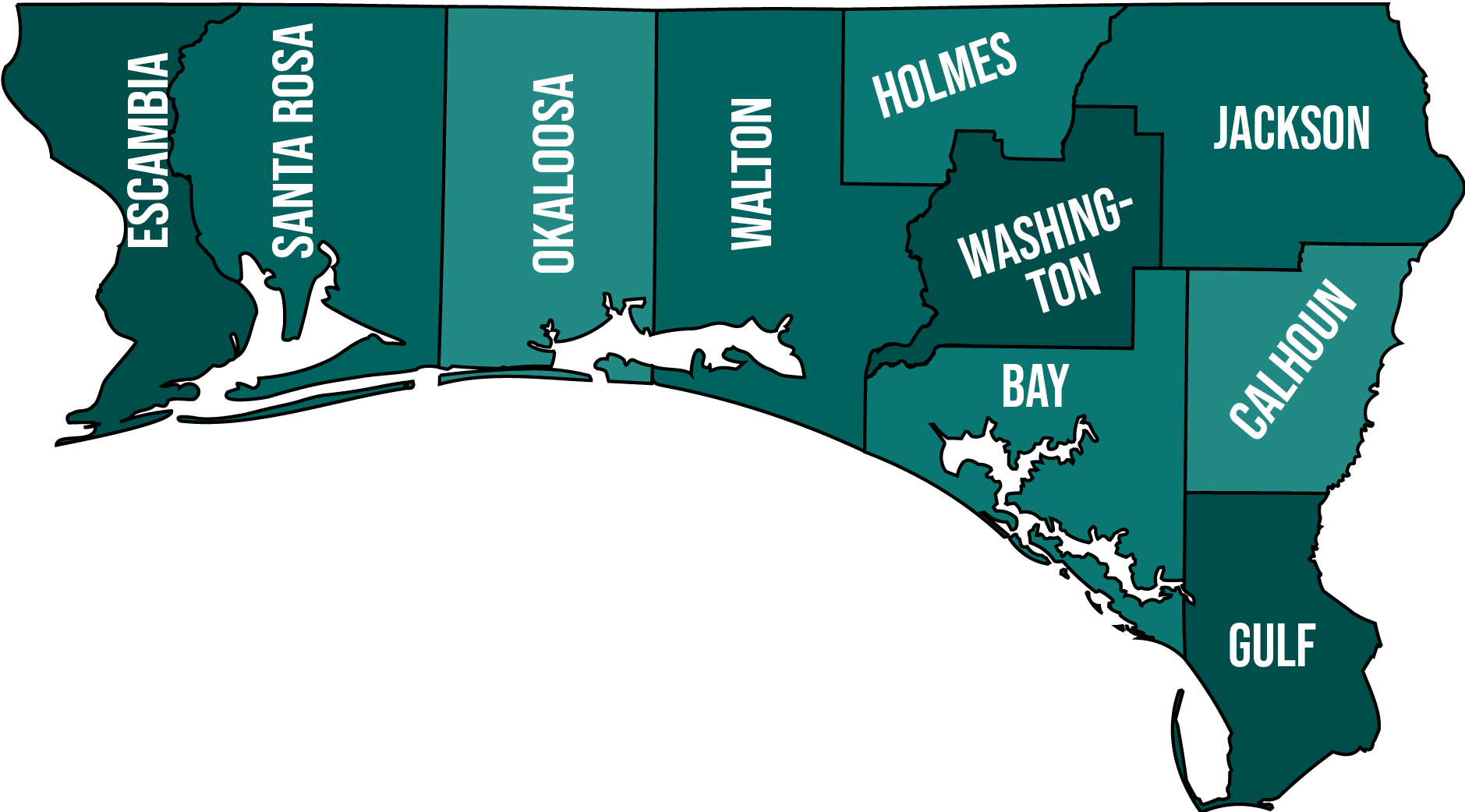Explore Escambia County
Located at the extreme western end of the Florida Panhandle, Escambia is the home county for the Northwest Region of the Florida Public Archaeology Network. Escambia also is home to the University of West Florida and the Pensacola Archaeological Society. Pensacola, Escambia County’s seat, is the nation’s oldest European settlement, first colonized by the Spanish in 1559.
